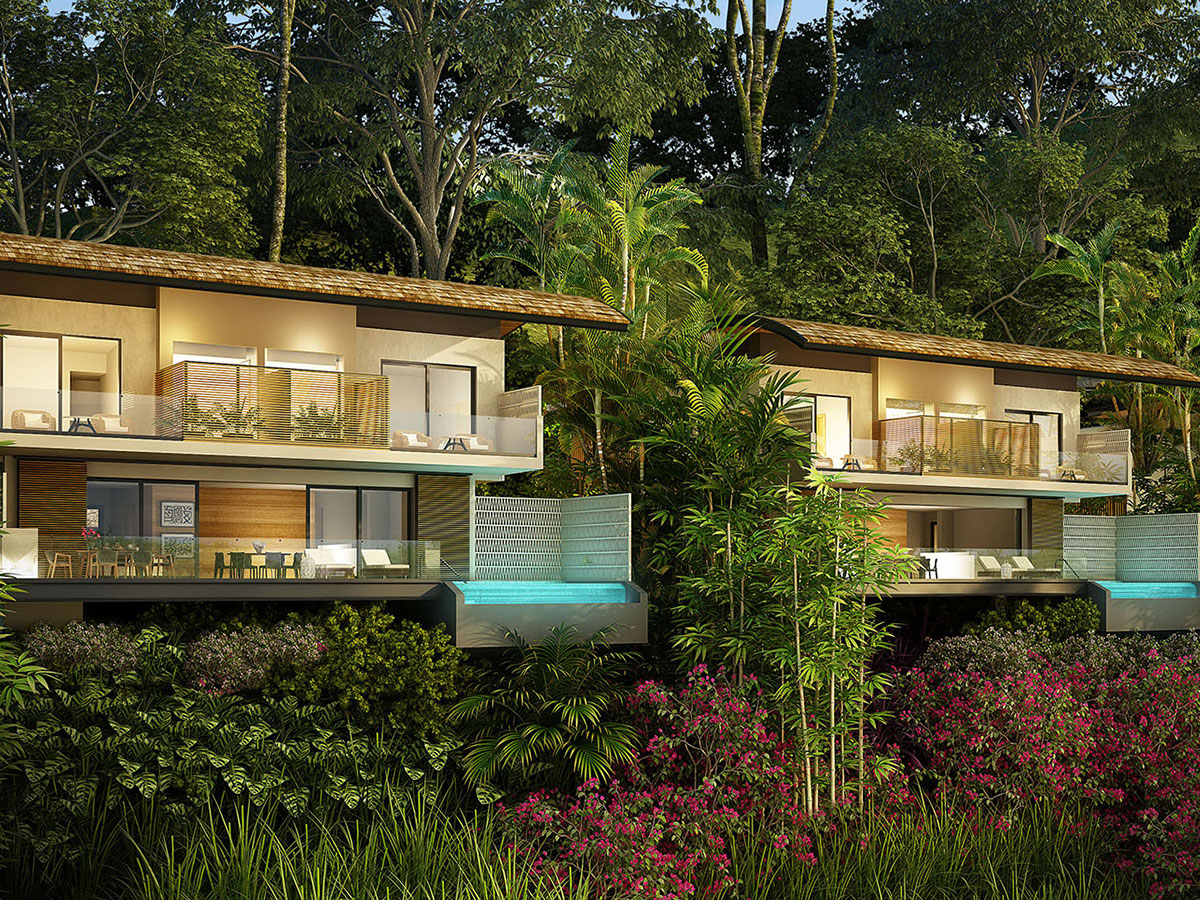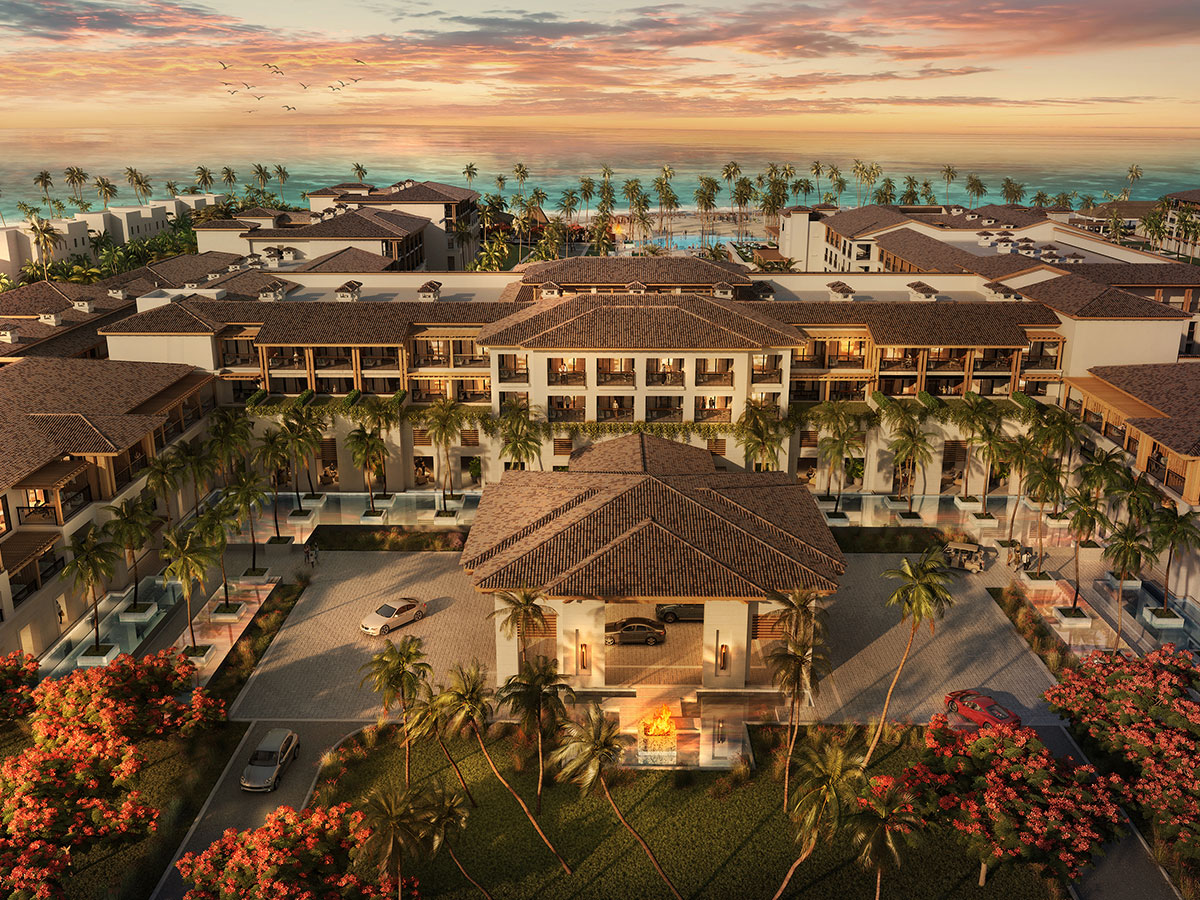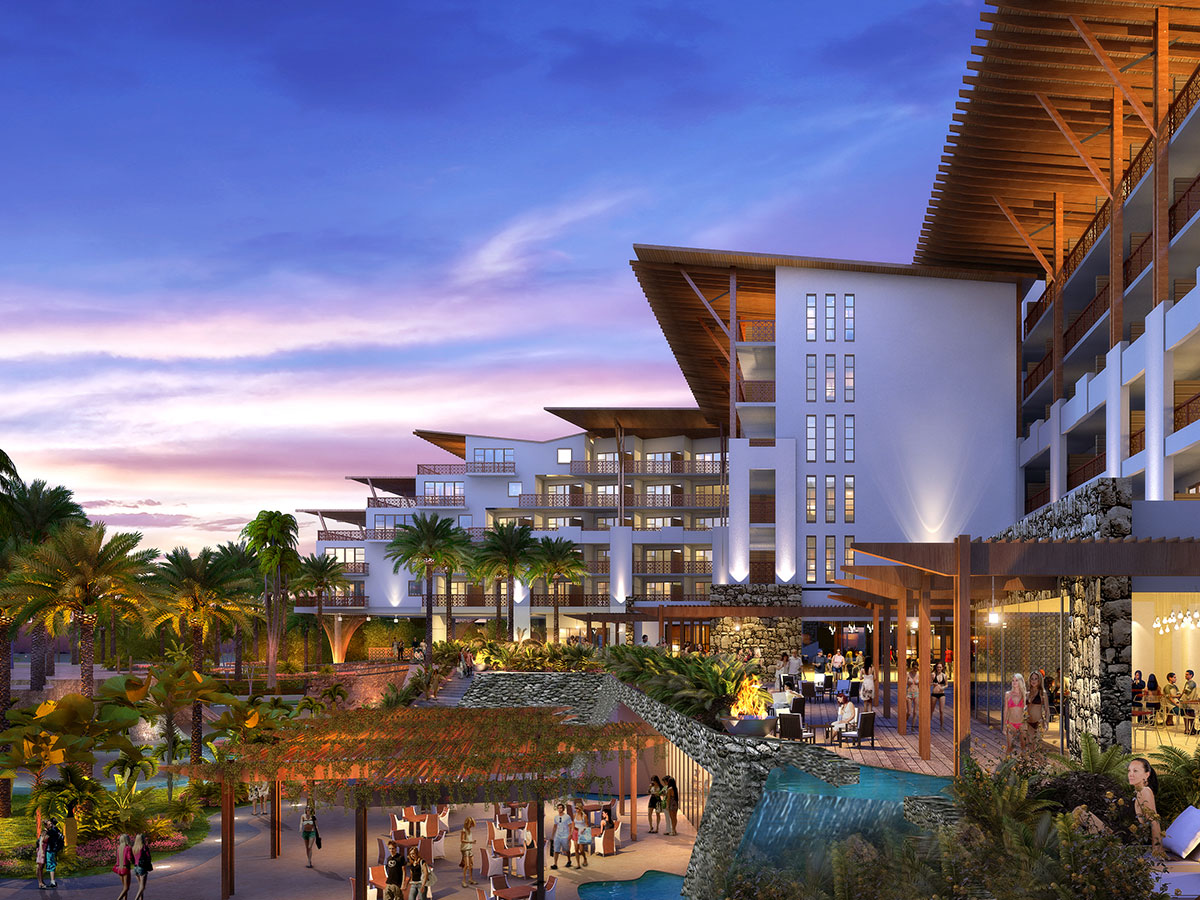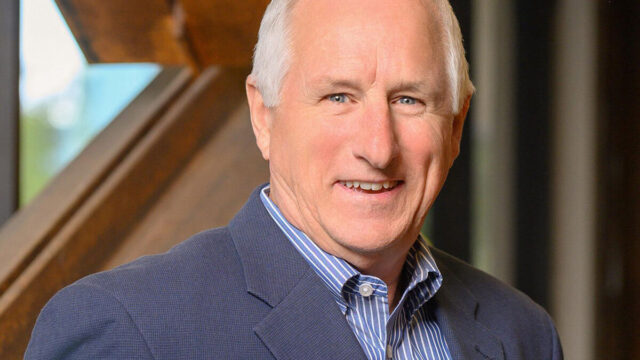As temperatures begins to cool off in many parts of the U.S., many potential travelers start dreaming of a sunny, Latin American vacation to escape the dreary weather ahead. But what’s going on in Latin America when it comes to hotel development and design? InspireDesign chatted with EDSA Principal Marco V. Larrea for his take.
How would you describe hotel development in Latin America right now? Is there a lot of activity? Where? How do you expect this to evolve going forward? While Latin America continues to experience growth in tourism, not every country in the region behaves the same way. Nature and culture remain the biggest draw—however, different locations are centered around different tourist offerings (i.e., business, adventure, gastronomy, etc.). So yes, while there is activity, we are seeing the strongest growth in urban hotels. This is partly in response to limited infrastructure in larger, undeveloped land parcels and the cost associated with development of such sites. In addition, the need to appeal to diverse travelers is creating a mixed-use destination model with business/office, dining, entertainment, dining, conference facilities and ample amenities.
Hotel development in Latin America is increasing because developers and hotel operators are looking for unique destinations in areas that haven’t yet been discovered and regions that are unique in culture and natural resources. We are seeing the majority of new development in Costa Rica, Colombia, Peru, Ecuador and Brazil.
All that said, we are also keeping an ear and eye on economic and political stability, as well as the impact it will have on new project initiatives.

What are some of the major design trends going on in Latin America right now? Travelers are seeking the richness of the region’s land, people and points of interest, which creates a need for holistic destination centers. Mirroring international consumer demand, the need for authenticity, a clear sense of place and belonging to the local culture are key contributors to a property’s success. From local artisans showcasing their wares and training locals for resort employment, to pet-friendly hotels and organic farming, community engagement is enhancing the guest experience.
The barefoot luxury concept is also reaching new heights with wellness and great outdoor amenities playing a large role in the design of new resorts where nature is featured. Multiple pool, spas and flexible private lounge areas are creating a heart for the hotel where people can congregate and enjoy the outdoors. Hotel operators are also increasing their amenity offerings with more environmentally sensitive activities such as biking or hiking tours, pedestrian walks and outdoor yoga.

Is there anything that’s coming to be considered passé? How so? Authentic design never goes out of style. That means understanding, planning and incorporating the character of each site and allowing the design to form from within. New development needs to balance preservation, conservation and stewardship of the land with the need for economic success and demographic growth.
Designing for a sensory experience is transitioning the prototypical model of resort elements to a more enriching experience. For example, an on-site restaurant run by the hotel is being challenged—leaving room for local independent restaurateurs to connect or physically be part of the hotel but not part of the resort’s business plan.

Tell me a little bit about some of the Latin American projects you’re working on right now. Most hospitality properties are calling for a more holistic destination with enticing amenities, site sensitivity and land dedicated for food generation for a true locally-sourced, farm to table experience.
We are currently working on a 6,000-hectare site in Brazil called Baixio. Our concept for the low-density residential resort preserves 60% of the site as natural amenity and outdoor features are designed toward the culture of Bahia.
The Four Seasons Resort on Peninsula Papagayo is helping to reposition tourism. Our master plan pays homage to the pristine site and mature vegetation with structures that are nestled in the site topography and existing tree canopies. We have developed a system of pedestrian and bicycle trails within the resort that extends 14 kilometers and a series of outdoors gyms with views of the wildlife and ocean.
At the Lopesan Bavaro in the Dominican Republic, we are working on the second phase, which includes another 1,000 rooms. A village center that has a casino, theater, spa, gym, restaurants, bars and outdoor plaza areas will become the heart of the resort.
We also have four projects under construction including the Conrad Hotel in Puerto Vallarta, Four Seasons Residences at Peninsula Papagayo in Costa Rica, an AMResort Branded hotel in the Rivera Maya, along with a resort residential community in Costa Rica.

Parts of Latin America are among the hardest hit by hurricanes and consequences of climate change. How does this inform the work you do in this region? Most of Latin America is not in the hurricane path but all of our work takes into account sustainable practices, systems-based thinking and green infrastructure solutions. We must be cognizant of sea level rise and plan accordingly to protect and enhance fragile shorelines. Designing for resiliency, among other strategies, requires a sensitivity for maritime setbacks, preservation of existing dunes and incorporation of natural drainage ways as part of amenities and open space networks. Beyond reactive design measures, we must, as a society do our best to address the cause of such natural disasters in relation to climate change.




